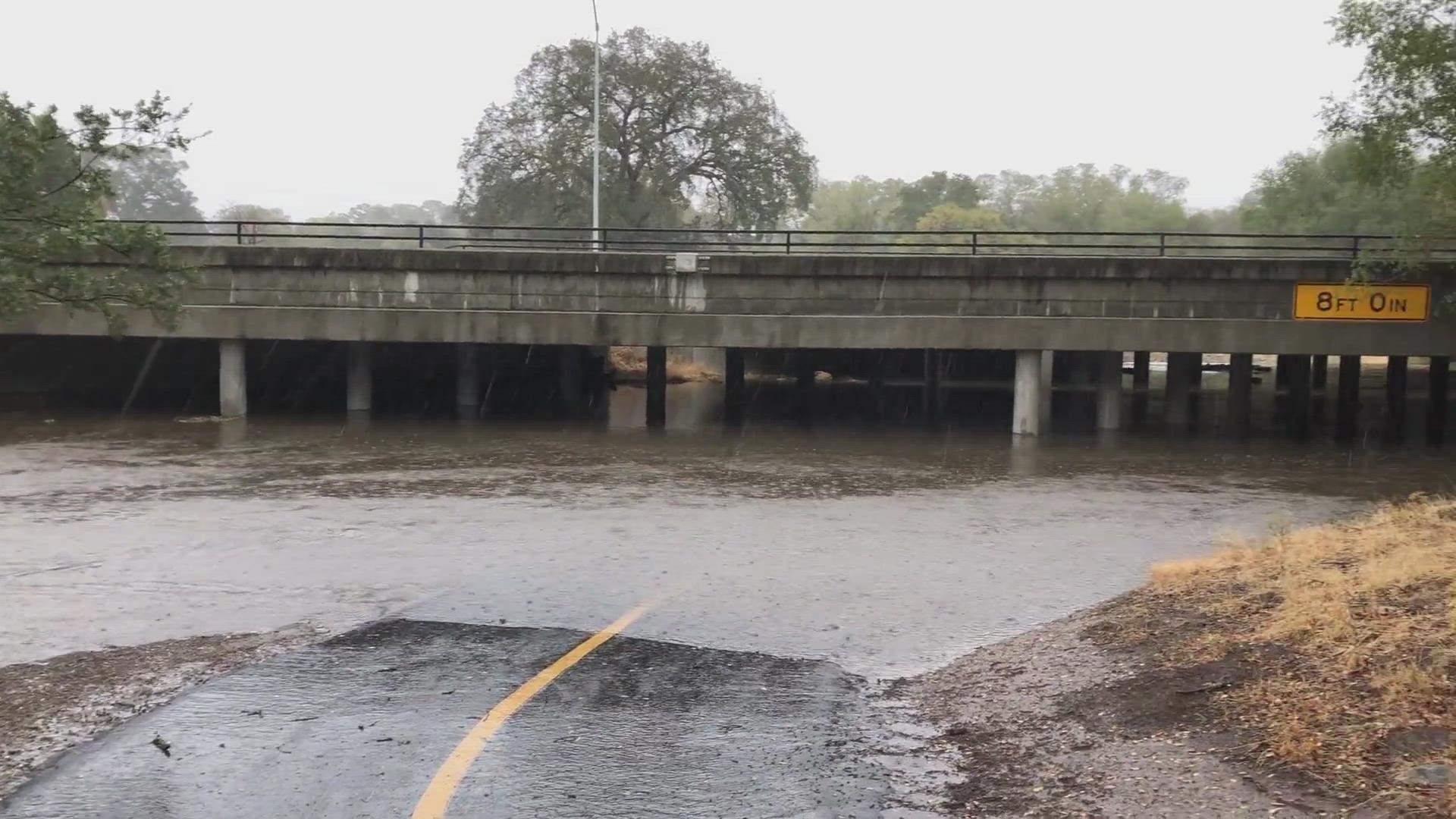SACRAMENTO, Calif. — Atmospheric rivers can bring dangerous flooding, but, without them, California can head into drought. Improving forecasts for these huge storms is a focus for the Center for Western Weather and Water Extremes to keep water flowing in the state.
Marty Ralph remembers living in Los Angeles in the 1980s when a huge rainstorm dropped nearly half the rainfall for the whole year in 12 hours. It was at that moment he realized he wanted to study these kind of storms
Ralph is now the director of the CW3E and says researchers are finding it’s not just the strength of atmospheric rivers but the duration of how long that storm stays over one place. It is one of the crucial components in determining how much rain or snow is going to fall at a particular location and potentially deliver dangerous flooding.
Ralph says one of the keys to get ahead of these hazardous conditions is bringing the research and forecasting into one center. This improves the immediacy of the feedback loop for when a forecast goes well or not so well.
One of the goals is the ability to use and store our water more efficiently through new programs like Forecast Informed Reservoir Operations (FIRO).
This is a reservoir-operations strategy using forecasts from CW3E for better informed decisions on whether to keep or release water. Tested at Lake Mendocino, it proved successful in both wet and dry years. In fact, Ralph says in the drought year, they ended up with 20% more water in the reservoir that helps provide water to tens of thousands of people.
He says FIRO is now expanding to other reservoirs like Lake Oroville, New Bullards Bar and Prado Dam. They are taking a full scale approach for a win-win-win situation benefiting water supply, flood control and protecting the environment.
WATCH ALSO:



















